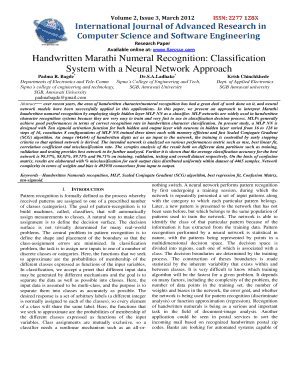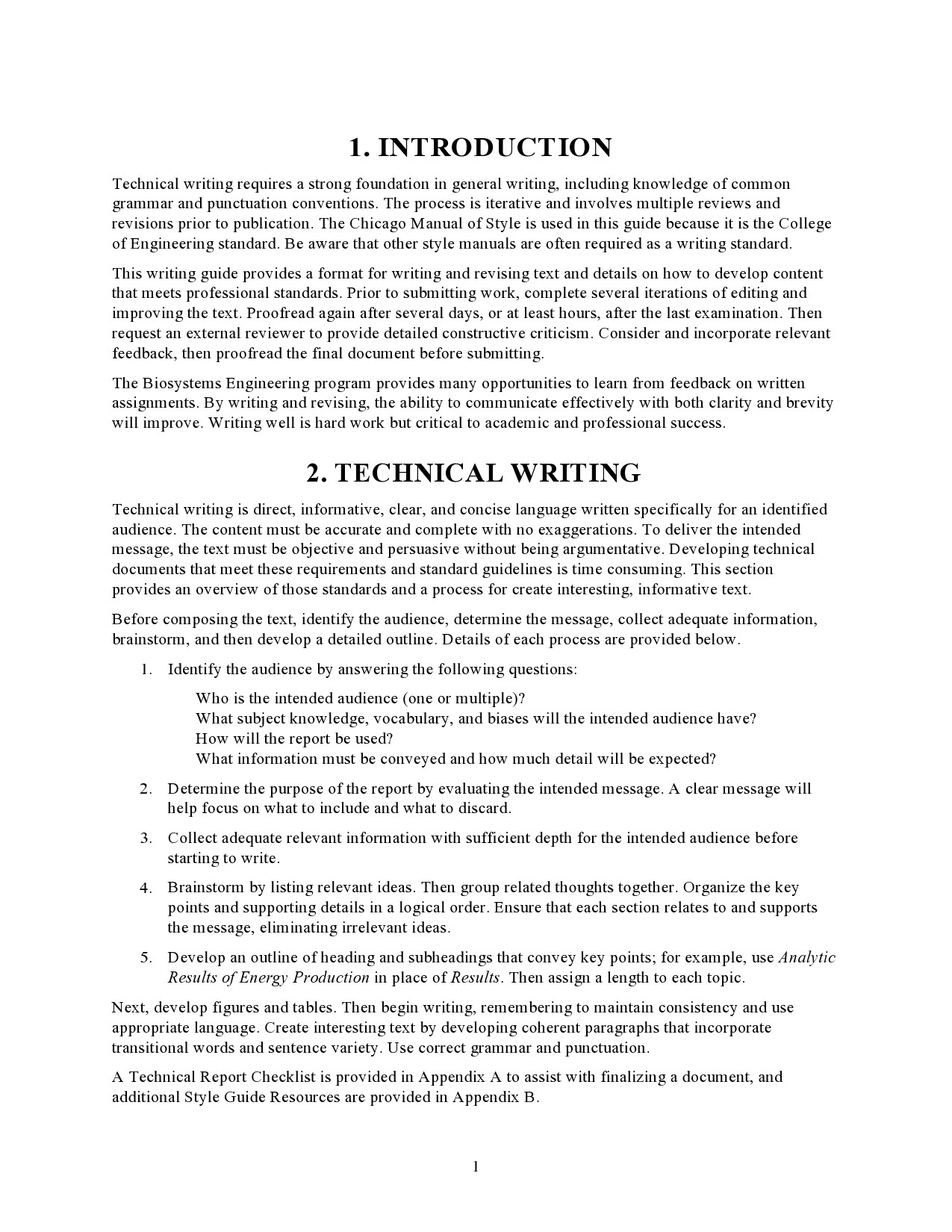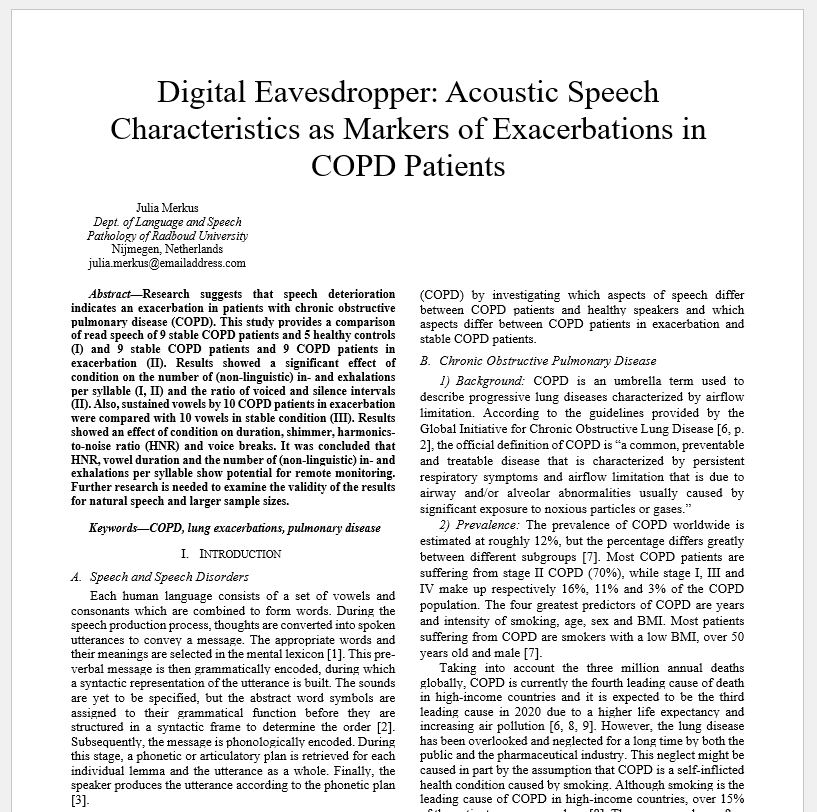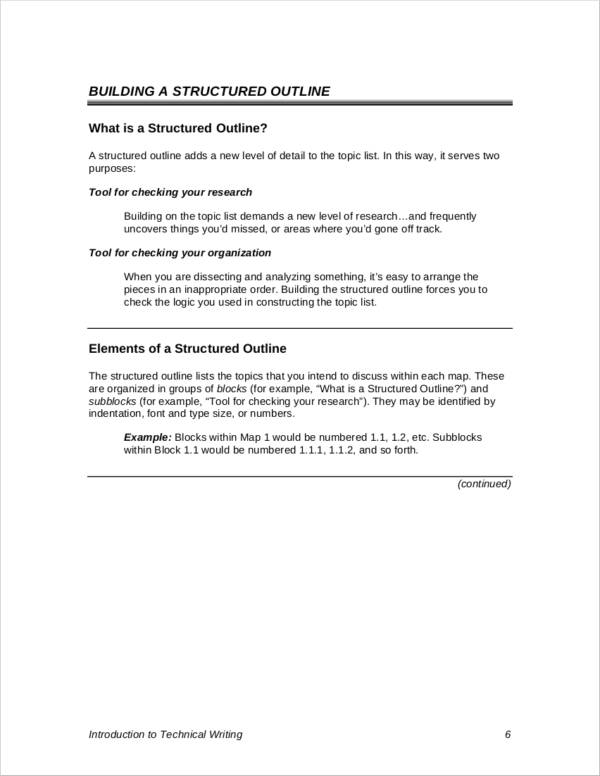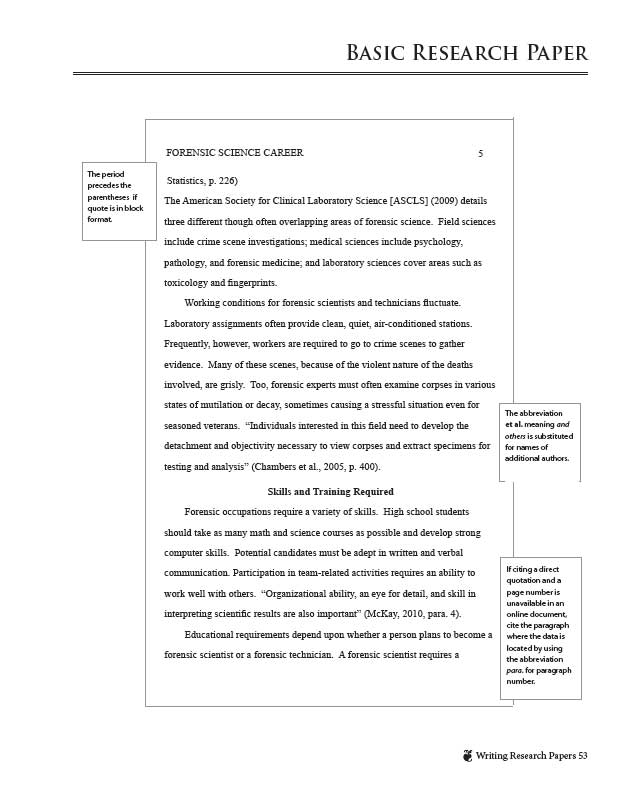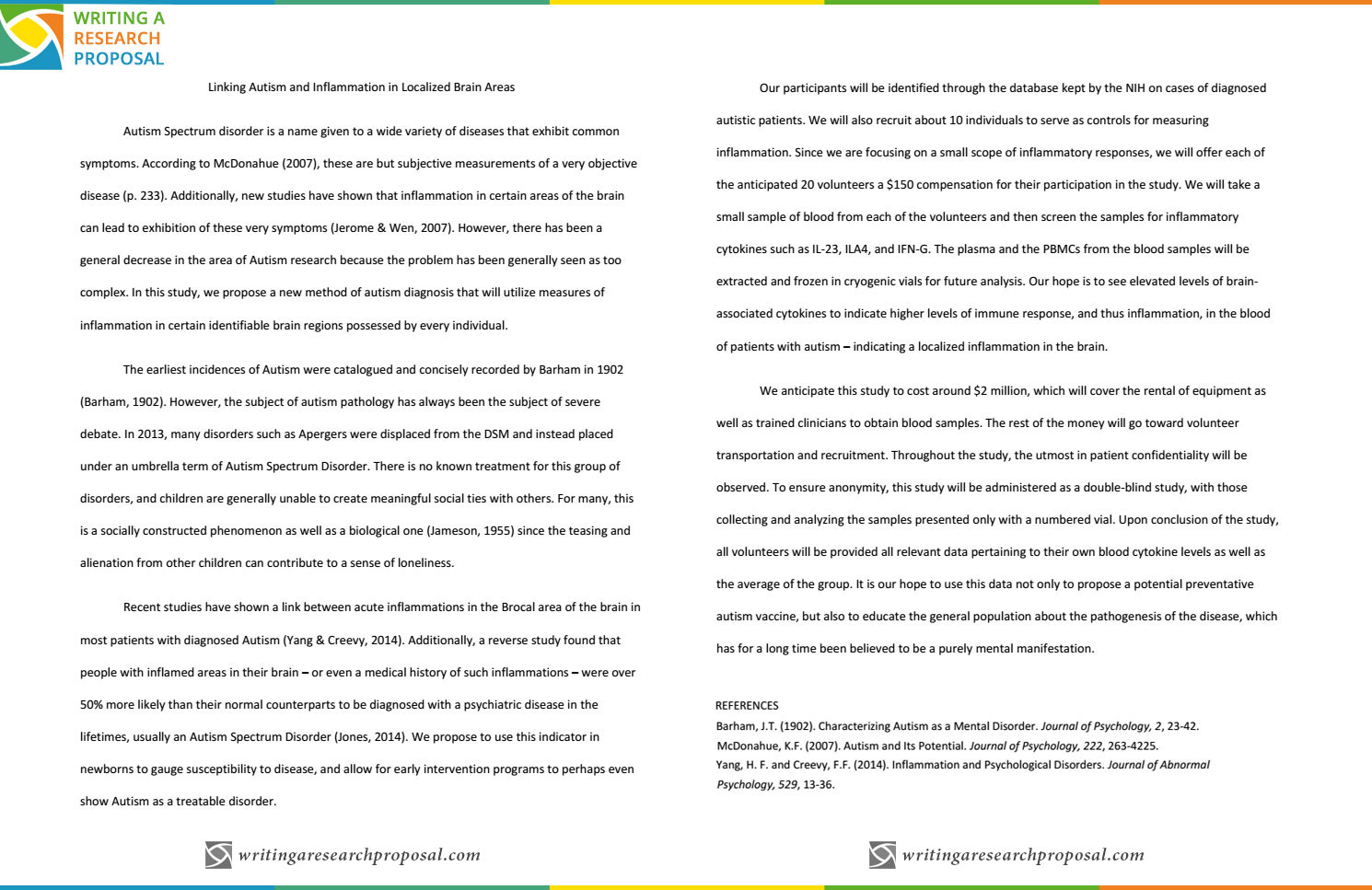A technical paper is a document that provides a detailed description of a technology, product, or research project. It is typically written for a technical audience and may be presented at a conference or published in a technical journal.
There are various formats that a technical paper may follow, but a common structure is as follows:
Title: The title should be concise and descriptive, clearly indicating the main topic of the paper.
Abstract: The abstract is a brief summary of the main points of the paper. It should be no more than a few hundred words and should provide a clear overview of the paper's content.
Introduction: The introduction should provide the context and motivation for the work described in the paper. It should also state the main objectives and the research questions being addressed.
Related work: In this section, the authors should describe any related work in the field and how their work differs or builds upon it.
Methodology: This section should describe the methods and techniques used in the research, including the data sources, experimental design, and analysis methods.
Results: The results section should present the findings of the research, including any statistical analyses or graphs.
Discussion: The discussion should interpret the results and place them in the context of the research objectives and related work. The authors should also address any limitations of the study and suggest directions for future research.
Conclusion: The conclusion should summarize the main points of the paper and highlight the implications of the research.
References: The reference list should include all the sources cited in the paper, following the appropriate citation style.
An example of a technical paper in the field of computer science might look like this:
Title: "A Machine Learning Approach to Predicting Software Defects"
Abstract: In this paper, we present a machine learning model for predicting software defects in large code bases. Our model combines static code analysis with historical data on previous defects to improve the accuracy of defect prediction. We evaluate our model on a dataset of open-source projects and demonstrate that it outperforms state-of-the-art methods by a significant margin.
Introduction: Software defects can cause costly delays and failures in software development projects. As code bases become larger and more complex, it becomes increasingly difficult to identify and fix defects in a timely manner. In this work, we aim to address this challenge by developing a machine learning model that can accurately predict defects in large code bases.
Related work: There have been numerous studies on the use of machine learning for defect prediction. However, most of these studies have focused on small code bases or limited programming languages. In contrast, our approach is designed to handle large code bases and is language-agnostic.
Methodology: Our model combines static code analysis with data on previous defects to make predictions. We first extract features from the code using a static code analysis tool. These features include metrics such as the number of lines of code, cyclomatic complexity, and the number of comment lines. We then use a gradient boosting machine learning algorithm to train our model on a dataset of open-source projects.
Results: Our model achieved an average precision of 0.75 and an average recall of 0.65 on a test set of open-source projects. This outperforms the state-of-the-art methods, which had an average precision of 0.67 and an average recall of 0.57.
Discussion: Our results suggest that our machine learning approach is an effective way to predict software defects in large code bases. However, there are some limitations to our study. For example, our dataset only includes open-source projects, and
